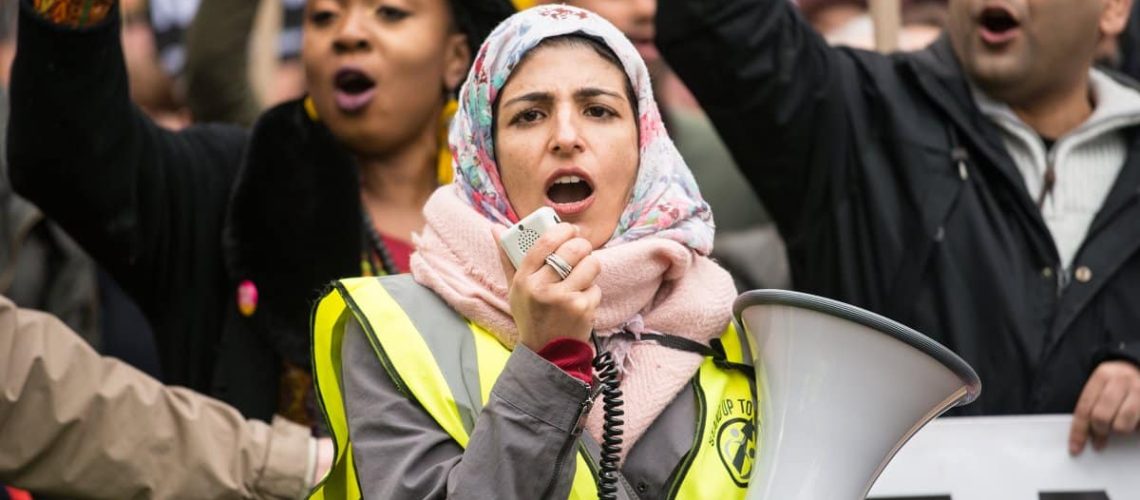Immigrants across the globe bring rich cultural diversity to the U.S., but too often, they face pressures that nudge—or shove—them towards abandoning their heritage. What subtle and not-so-subtle forces make them feel like they have to leave their cultural identities at the border?
1. English Language Pressure on Latino Children

Latino children frequently face pressure in U.S. schools to speak only English. For instance, a 2017 study by the Migration Policy Institute found that Latino students in Texas schools were often discouraged from speaking Spanish, impacting their cultural connection and family communication.
2. Hijab Restrictions For Middle Eastern Women

Middle Eastern women, such as those working in corporate environments, often encounter discrimination for wearing hijabs. In 2015, a landmark case in the U.S. Supreme Court, EEOC v. Abercrombie & Fitch, ruled in favor of a Muslim woman who was denied a job for wearing a hijab, highlighting the systemic pressure to abandon this cultural practice.
3. Accent Discrimination Against African Immigrants
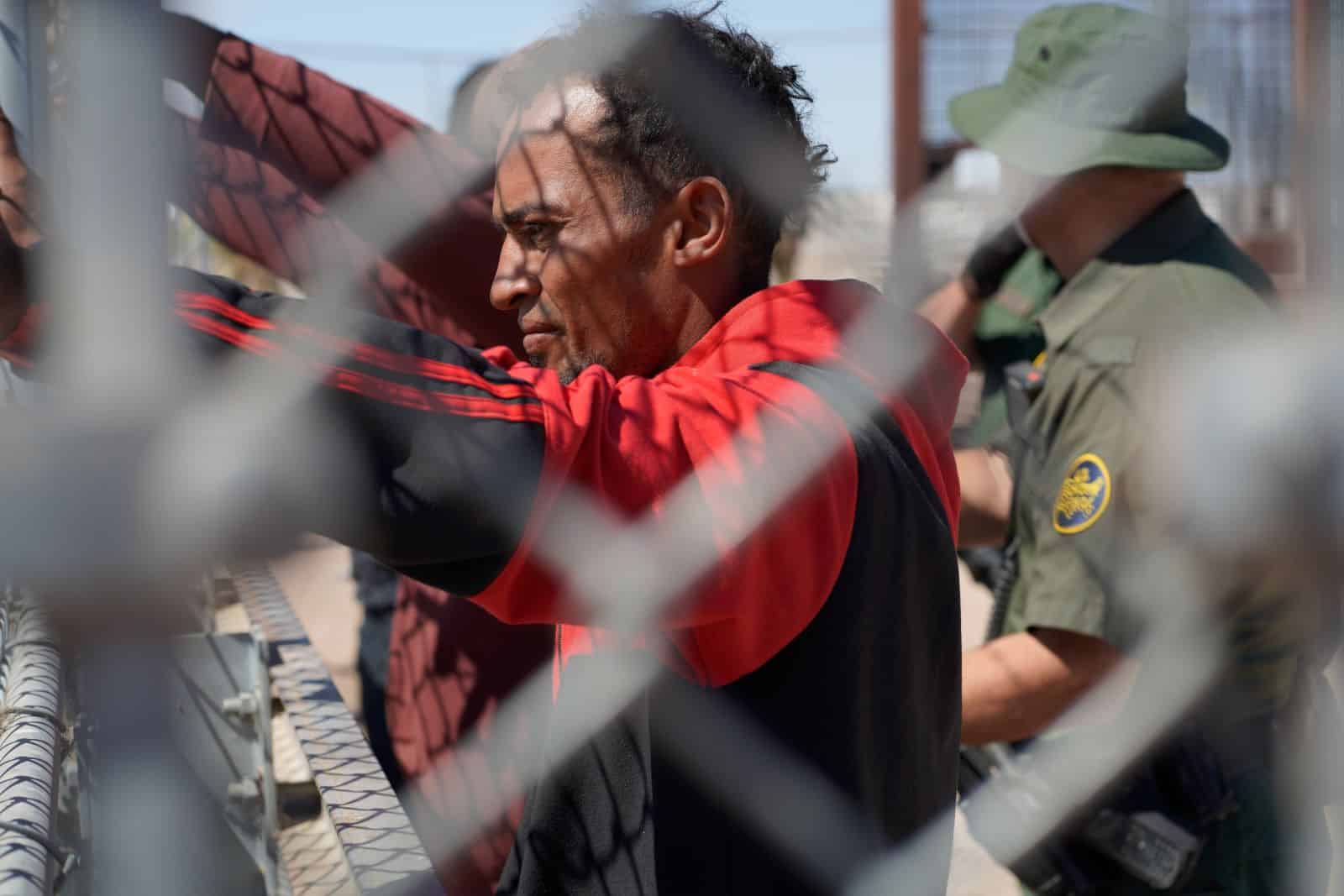
African immigrants face significant bias based on their accents. For example, in 2019, a report by the American Civil Liberties Union revealed that Nigerian immigrants in the U.S. experienced discrimination in job placements and promotions due to their accents, affecting their professional and social interactions.
4. Cultural Holiday Suppression

Chinese immigrants often feel compelled to downplay traditional holidays like Lunar New Year. A 2018 survey by the Pew Research Center found that many Chinese-American families reported feeling pressure to minimize their celebration of the Lunar New Year to fit in with predominantly Western norms.
5. Stereotypes in Media Affecting Indian Americans

Indian Americans frequently grapple with narrow media stereotypes. The portrayal of Indian characters in shows like “The Big Bang Theory” has been criticized for perpetuating clichés, leading many Indian Americans to distance themselves from these depictions to avoid stigma, as noted in a 2020 analysis by the American Sociological Review.
6. Employment Discrimination Against Caribbean Nationals

Caribbean immigrants, particularly Jamaicans, face barriers in employment. In 2019, the Caribbean Community (CARICOM) highlighted that Caribbean nationals were often required to alter their appearance and speech to secure jobs in the U.S., reflecting a broader trend of employment discrimination.
7. Legal Challenges For Somali Communities
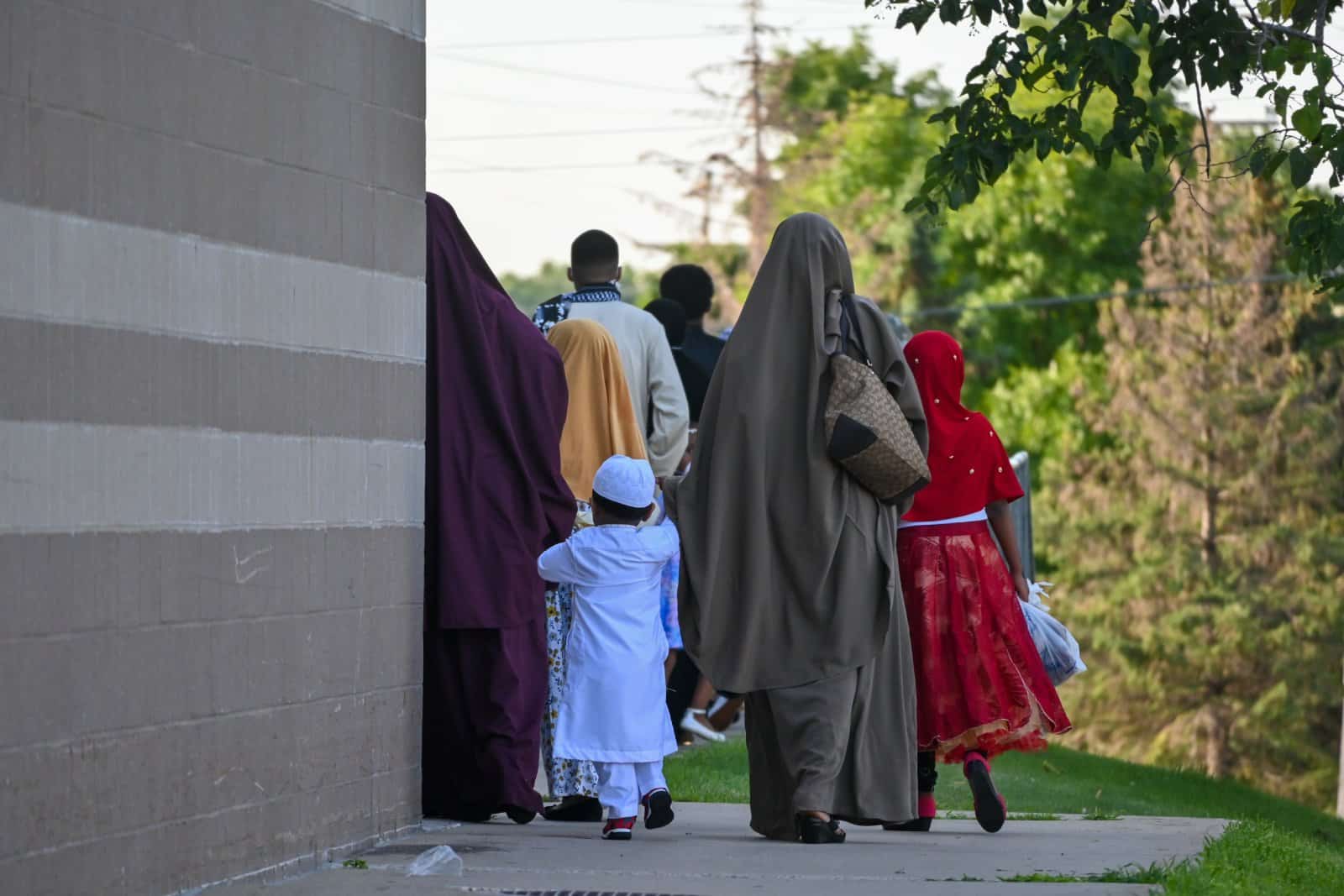
Somali immigrants have faced legal obstacles when practicing their culture. For example, in 2017, the city of Minneapolis had to settle a lawsuit with Somali residents over zoning laws that restricted their ability to build a mosque, demonstrating the clash between cultural practices and local regulations.
8. Educational Curriculum Bias
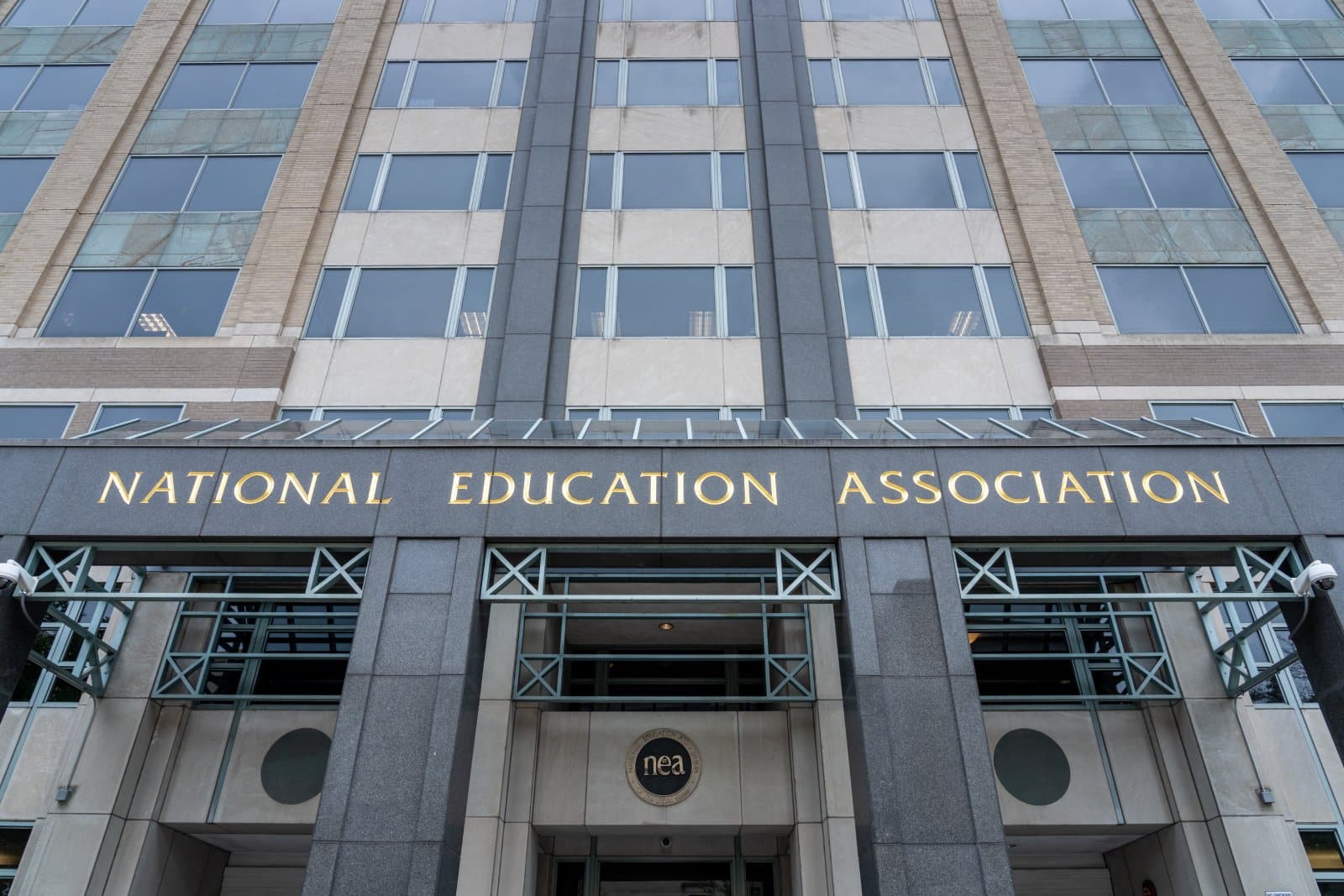
Immigrant children often find that their histories and cultures are marginalized in school curricula. A 2021 report by the National Education Association found that curricula in many U.S. schools underrepresent the contributions of immigrant communities, subtly suggesting that their cultures are less important.
9. Pressure to Change Names

Many Asian immigrants, including Koreans, face pressure to adopt Western names. A 2016 study published in The Journal of Applied Social Psychology found that Korean Americans often anglicize their names to avoid discrimination and facilitate social interactions.
10. Housing Discrimination Against Middle Eastern Families
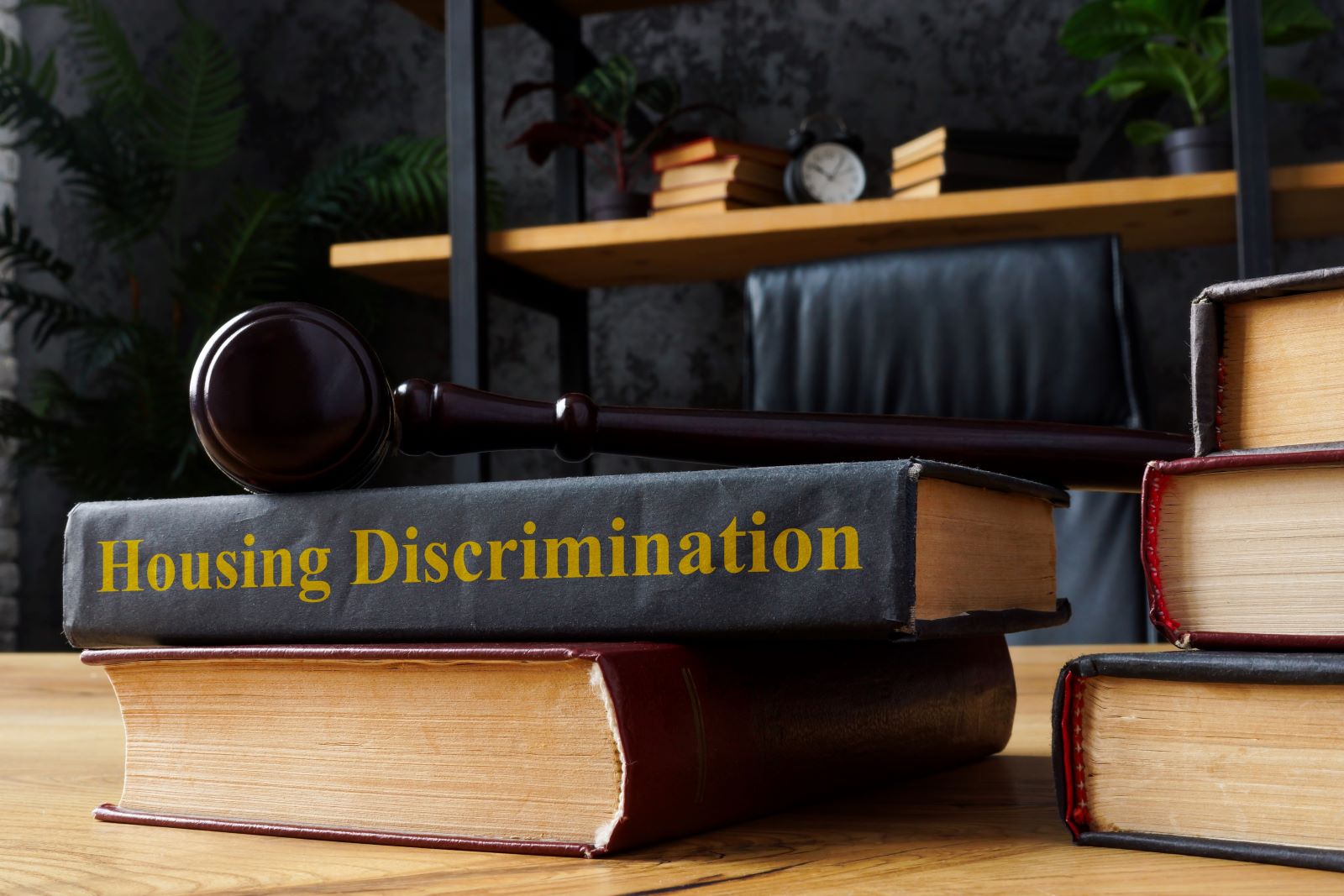
Middle Eastern families encounter biases in housing. In 2020, the American Civil Liberties Union reported that landlords were more likely to deny rental applications from Middle Eastern families or impose stricter conditions, forcing them to adjust their cultural practices.
11. Racial Profiling of Latino Individuals

Latino individuals often experience racial profiling. A 2021 report by the American Civil Liberties Union highlighted numerous cases where Latino individuals were subjected to increased scrutiny and harassment, leading them to alter their behavior to avoid further scrutiny.
12. Misrepresentation of African Cultures
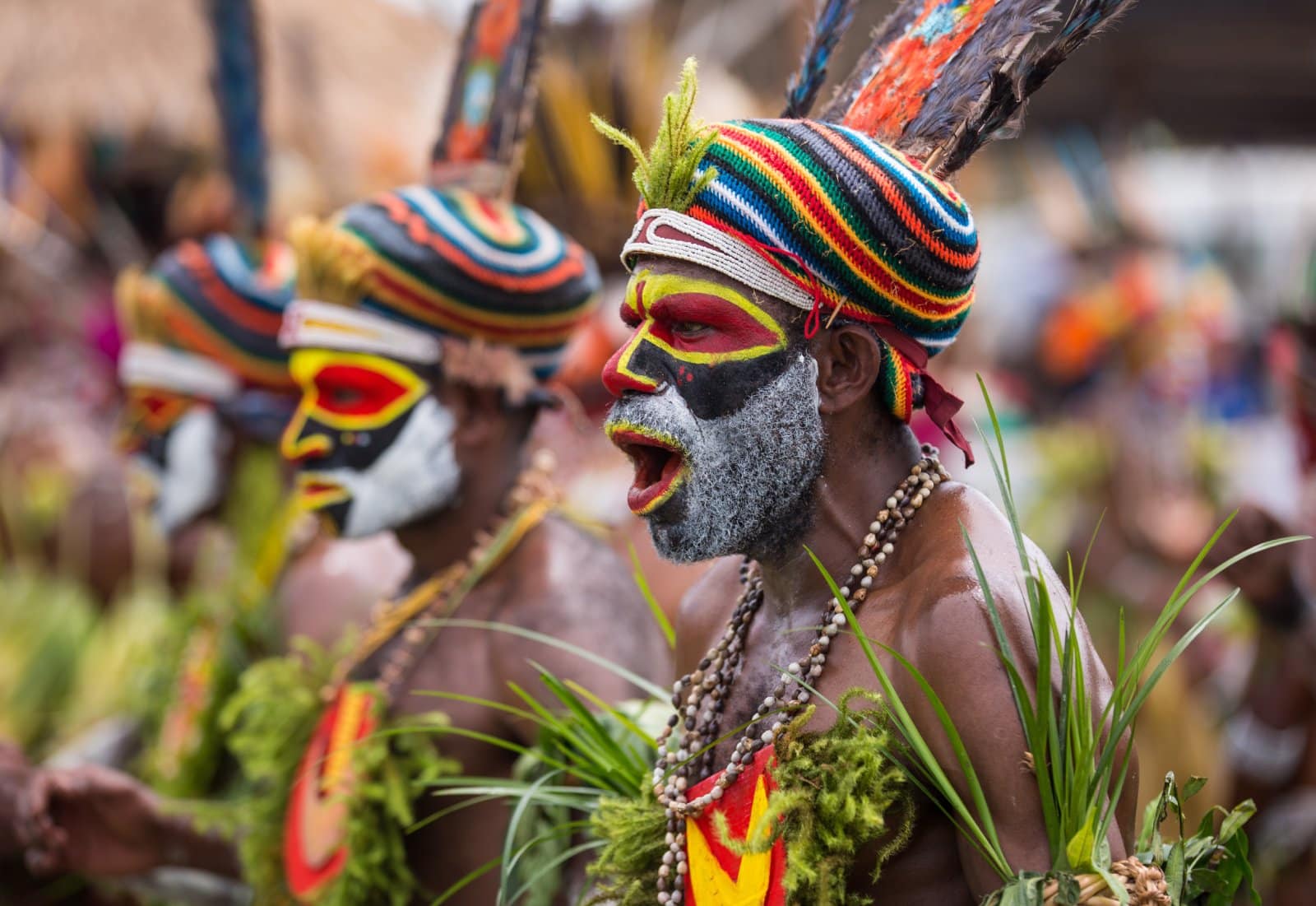
Africans face frequent misrepresentation in the media. For example, a 2018 study by the Pew Research Center revealed that African cultures are often oversimplified or ignored in mainstream media, pushing individuals to conform to more widely accepted norms.
13. Food Cultural Shaming
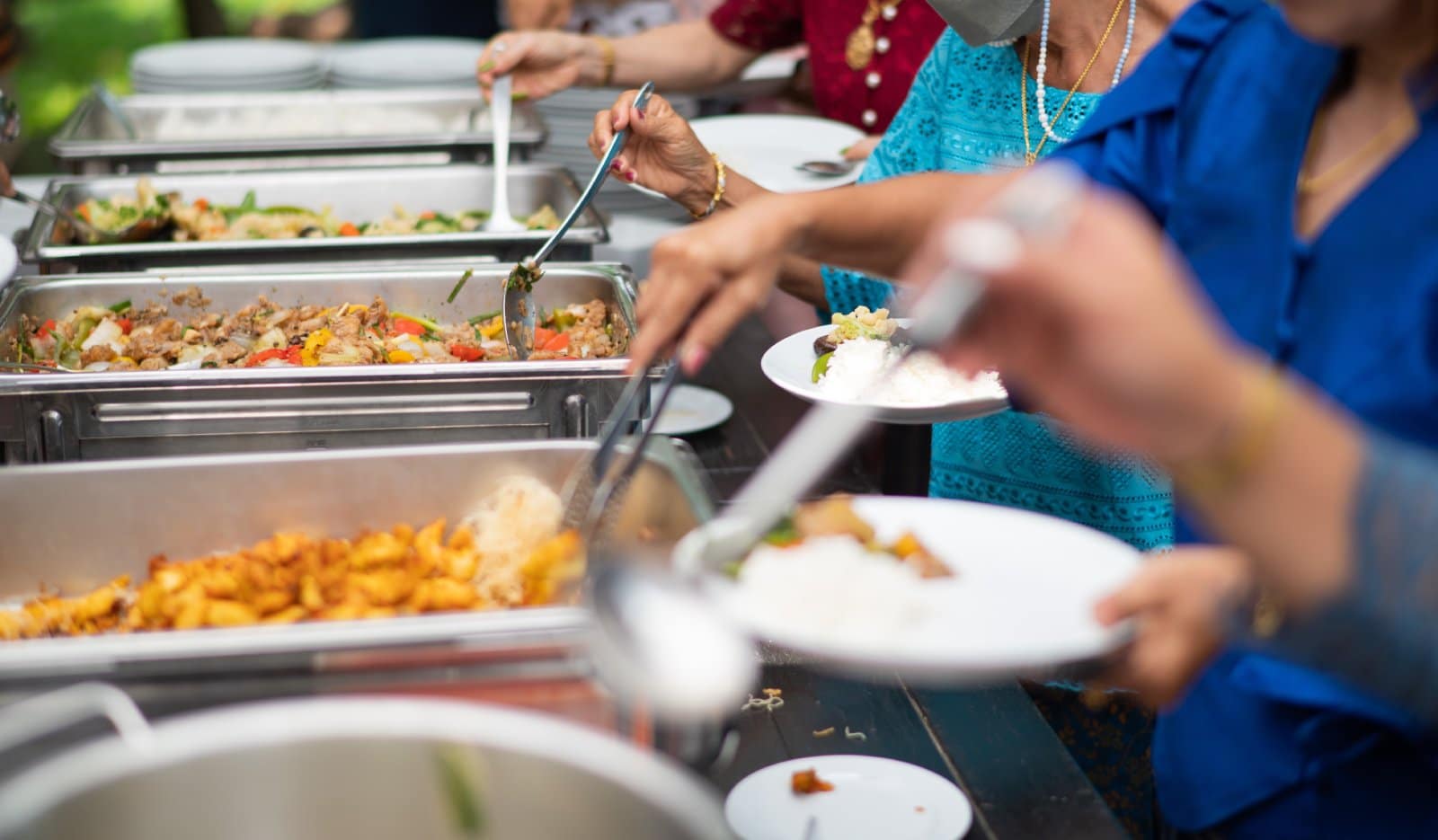
Filipino immigrants have faced criticism for their traditional foods. In 2019, a widely reported incident involved a Filipino restaurant in Los Angeles facing backlash for its traditional dishes, which led to a decline in the restaurant’s business and pressure on the community to conform to American food preferences.
14. Religious Practice Barriers For Muslim Immigrants
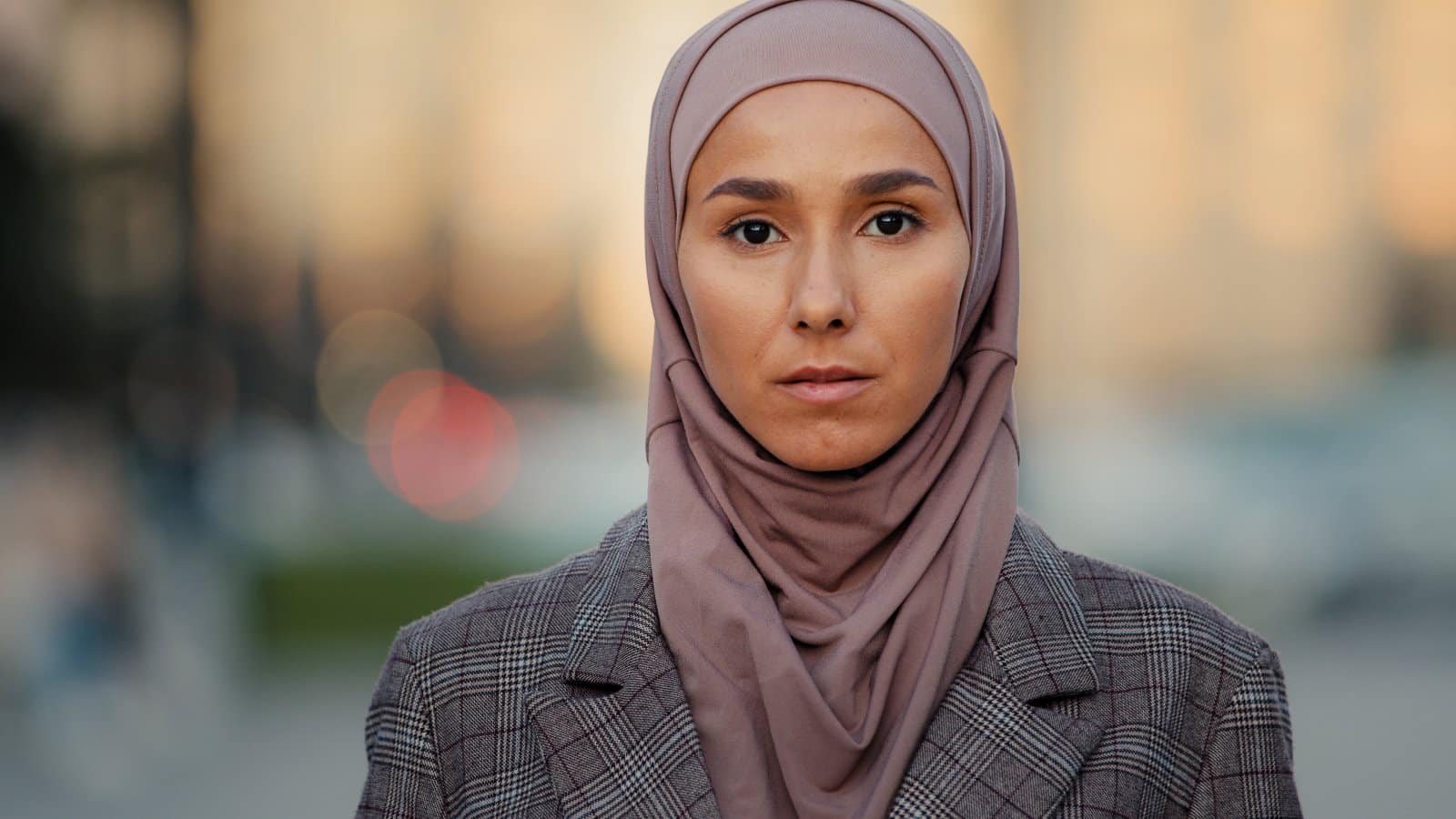
Muslim immigrants face obstacles in practicing their religion openly. In 2018, a major news outlet reported on a case where a Muslim woman in New York was denied her right to pray during work hours, illustrating broader challenges in maintaining religious practices.
15. Social Isolation of Russian Elders

Older Russian immigrants often face isolation due to language barriers. A 2020 study published in The Journal of Aging & Social Policy found that elderly Russian immigrants experienced significant social isolation, pushing them to assimilate more closely to avoid loneliness.
16. Healthcare Access Issues For Vietnamese Americans

Vietnamese Americans often struggle with culturally competent healthcare. For instance, a 2017 report by the National Institutes of Health found that many Vietnamese patients faced challenges in accessing healthcare that respected their cultural practices and traditional remedies.
17. Economic Incentives For Cultural Abandonment

Economic systems often reward assimilation. A 2022 study by the Brookings Institution highlighted that immigrants who adopt mainstream American cultural norms tend to have better job prospects and higher incomes, reinforcing pressures to conform.
18. Political Pressures on Arab Americans

Arab Americans have faced significant pressure to assimilate, particularly after 9/11. A 2019 report by the Arab American Institute documented increased scrutiny and pressure on Arab Americans to conform to mainstream norms amid heightened security concerns.
19. Misunderstanding of Eastern European Customs
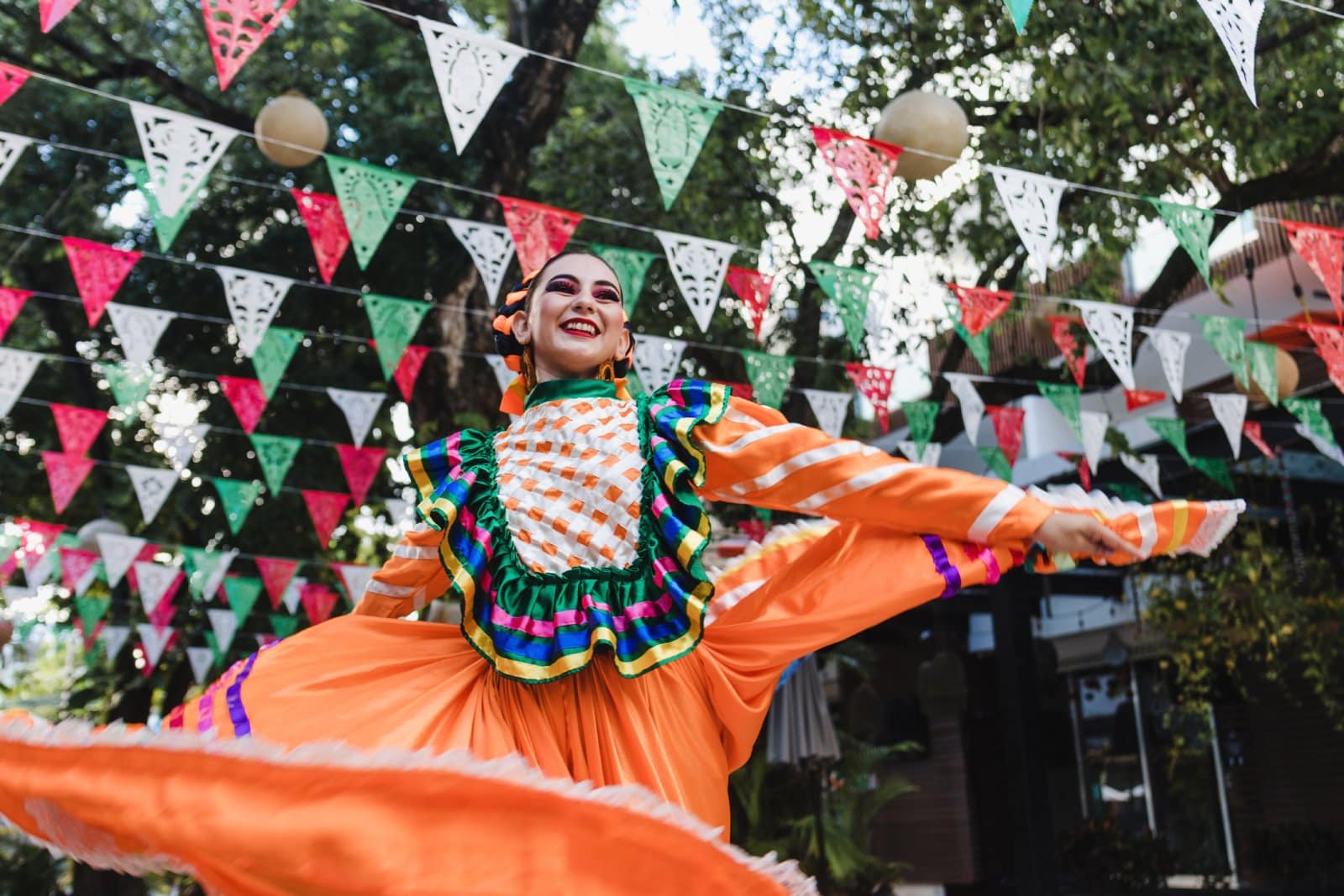
Eastern Europeans often encounter stereotypes about their customs. For example, a 2020 review by the Migration Policy Institute found that Eastern European traditions are frequently misunderstood or ridiculed in American media, leading to pressure on individuals to abandon their customs.
20. Discriminatory Policies Against Haitian Immigrants
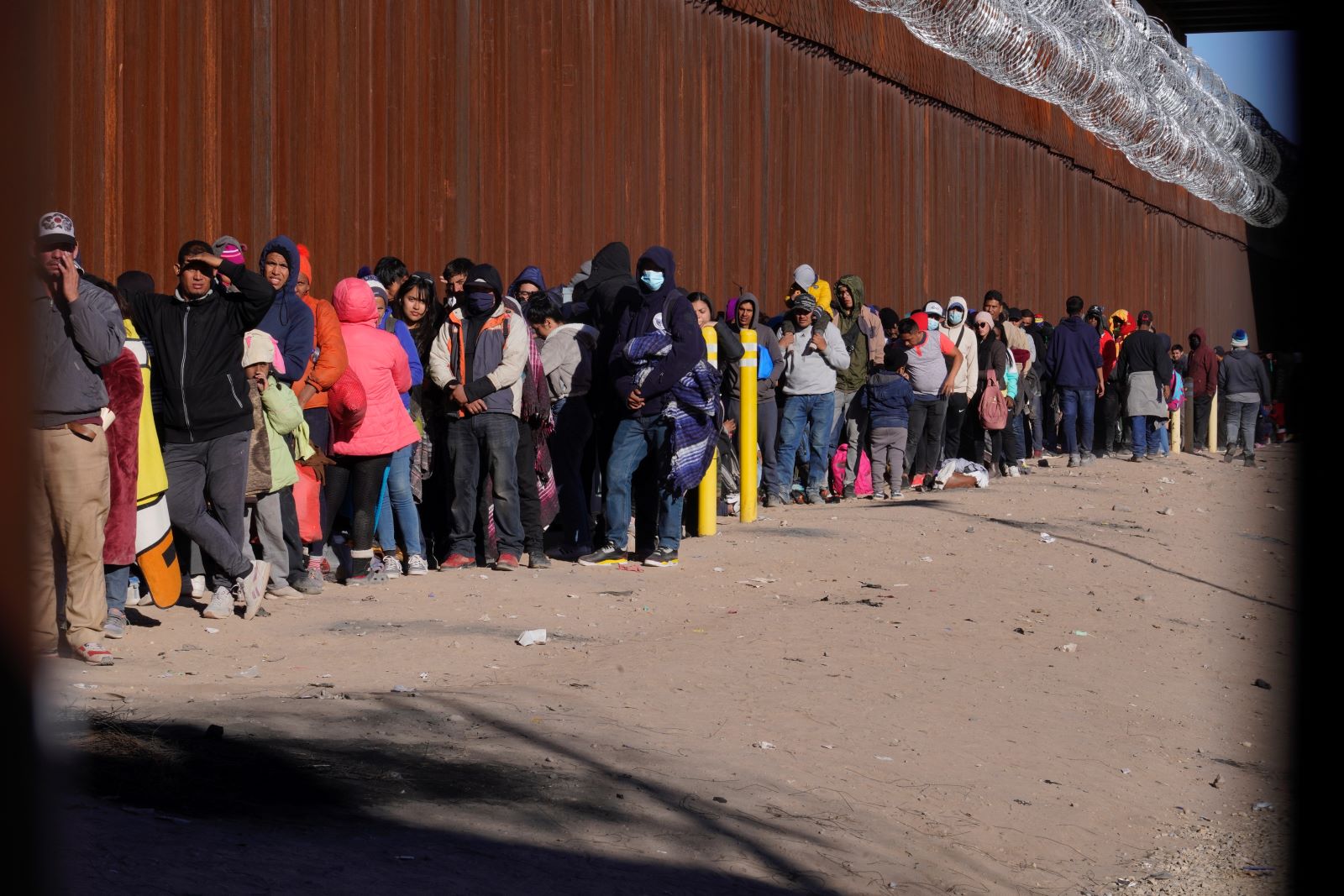
Haitian immigrants face discriminatory policies that affect their cultural practices. Haitian students in the U.S. often face cultural insensitivity in schools, which impacts their ability to maintain their cultural traditions.
21. Assimilation Ceremonies Highlighting Cultural Erasure
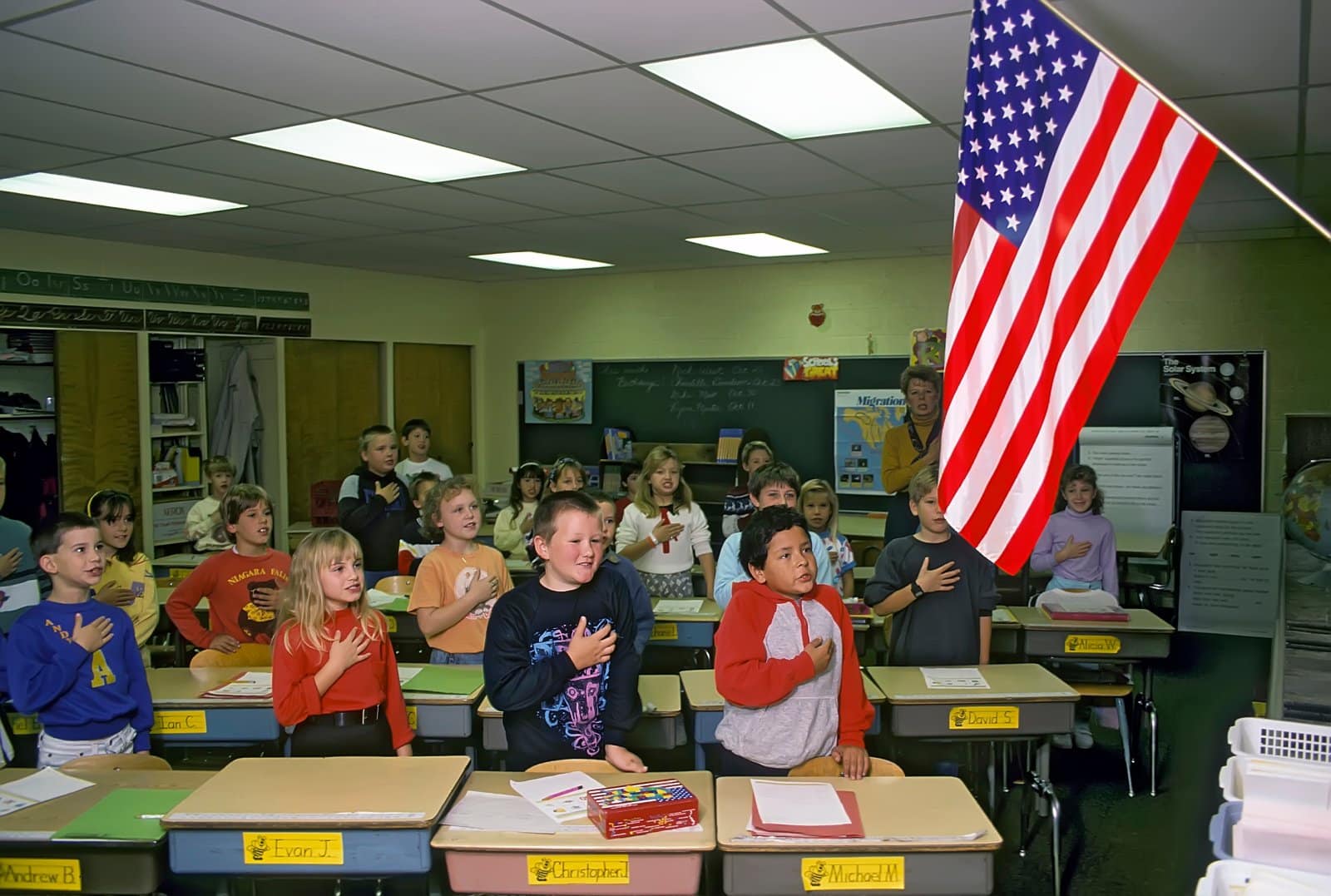
Naturalization ceremonies often emphasize the need to adopt American norms. New citizens are frequently encouraged to embrace American customs at the expense of their original cultural identities, highlighting a broader trend toward cultural assimilation.
Recognizing and Resisting Assimilation Pressures

Understanding these pressures is essential for supporting immigrants in maintaining their rich cultural identities. By recognizing the diverse experiences of immigrants, we can advocate for a more inclusive society that respects and celebrates cultural differences.
21 Ignorant Lies About Americans the Rest of the World Claims Are True
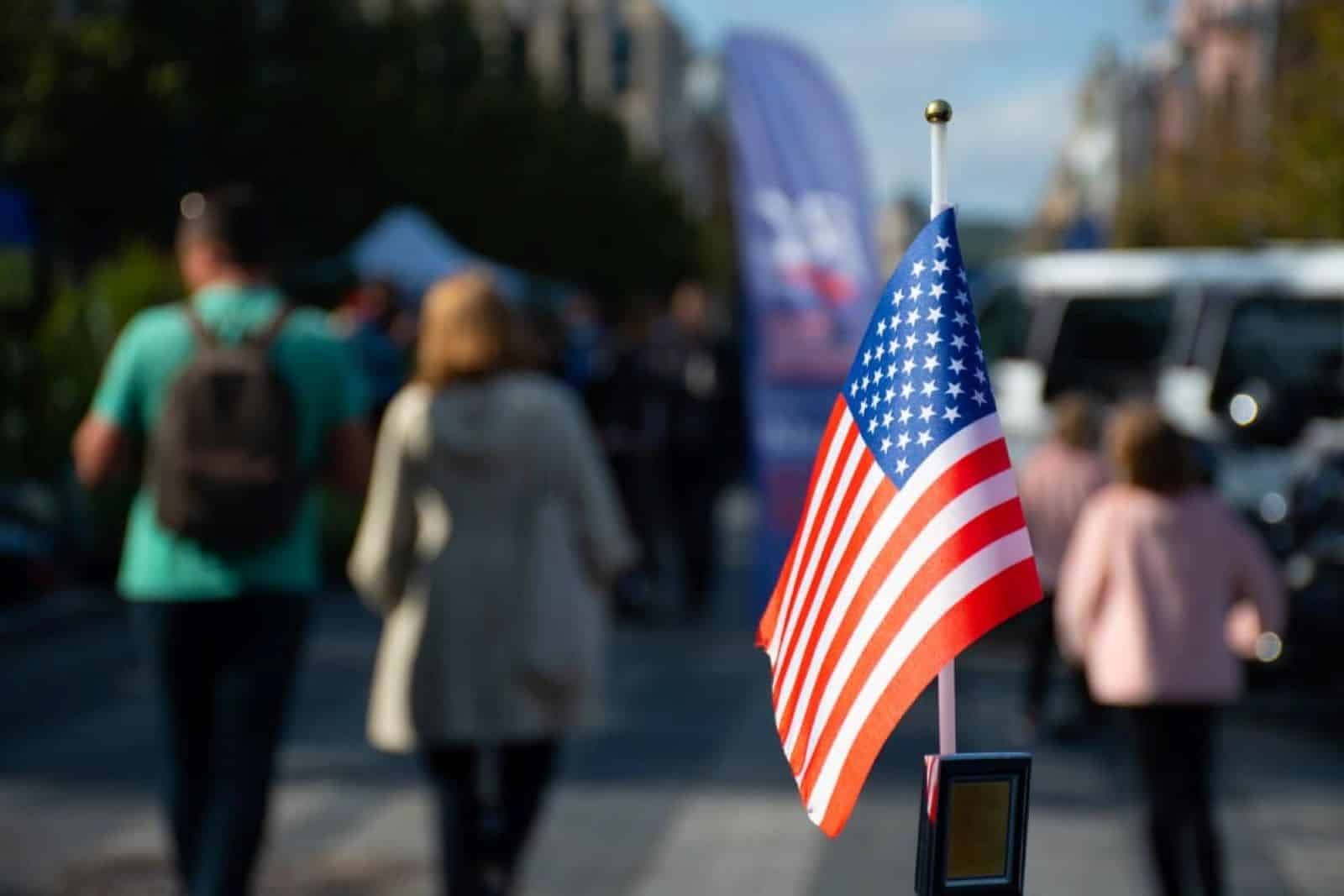
Americans are often the subject of wild assumptions and exaggerated stereotypes. Are these misconceptions affecting how the world views the average American? 21 Ignorant Lies About Americans the Rest of the World Claims Are True
Flawed Gender Tests: Olympic Committee Sends Plea to Boxing Officials
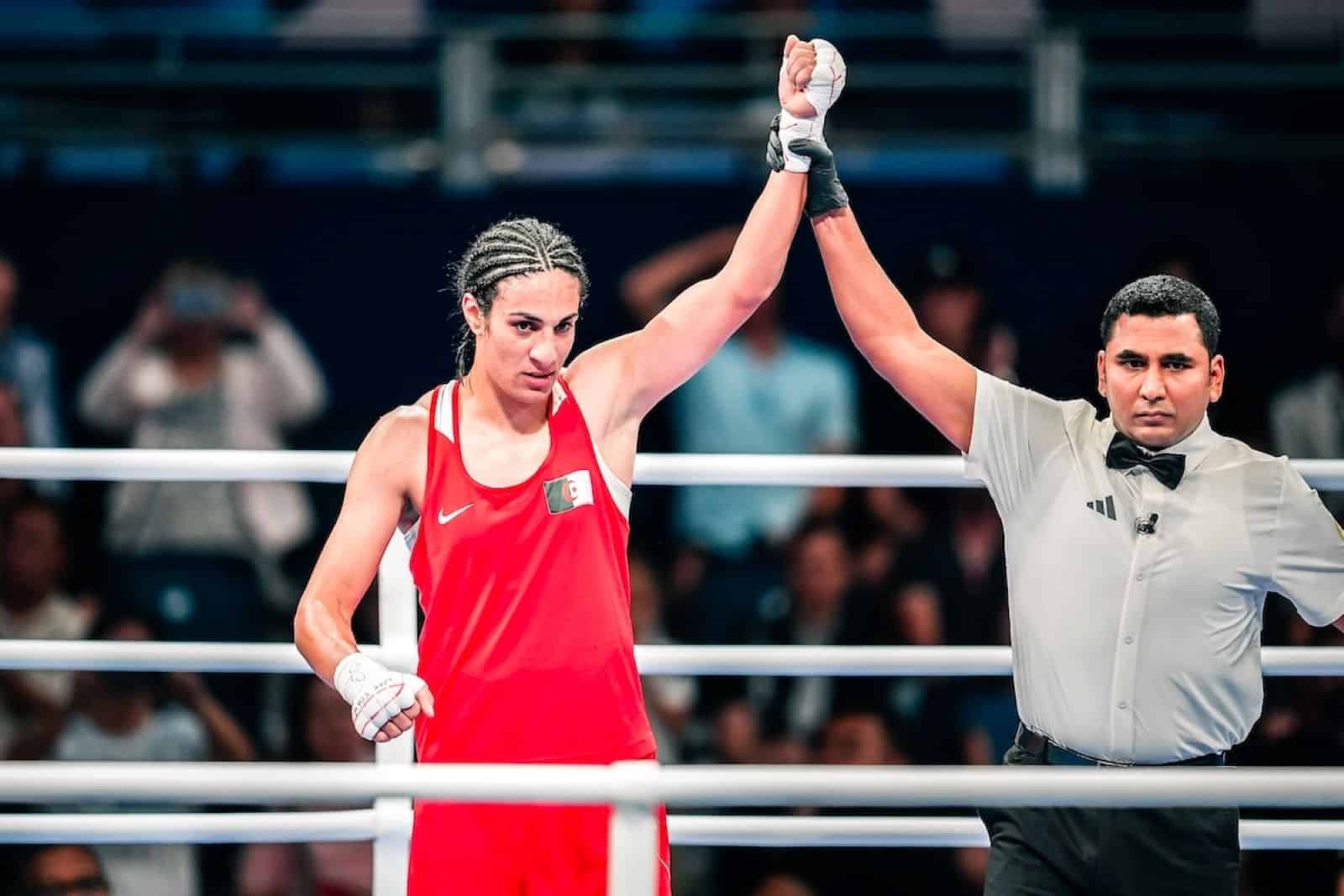
The International Olympic Committee has declared old boxing gender tests as flawed and illegitimate. This has arisen amid discussions regarding gender in Olympic female boxing matches. Flawed Gender Tests: Olympic Committee Sends Plea to Boxing Officials
Social Security Sham: 18 States Slashing Benefits

When you think about retiring, you might picture relaxing and traveling during your golden years. Social Security benefits help with this, but taxes can change depending on where you live. In some states, you might end up paying more taxes on your benefits. Let’s check out the 18 states where retirees face higher taxes on their Social Security benefits. It’s important to know so you can plan ahead and make the most of your retirement savings. Social Security Sham: 18 States Slashing Benefits
Featured Image Credit: Shutterstock / John Gomez.
For transparency, this content was partly developed with AI assistance and carefully curated by an experienced editor to be informative and ensure accuracy.
The images used are for illustrative purposes only and may not represent the actual people or places mentioned in the article.

